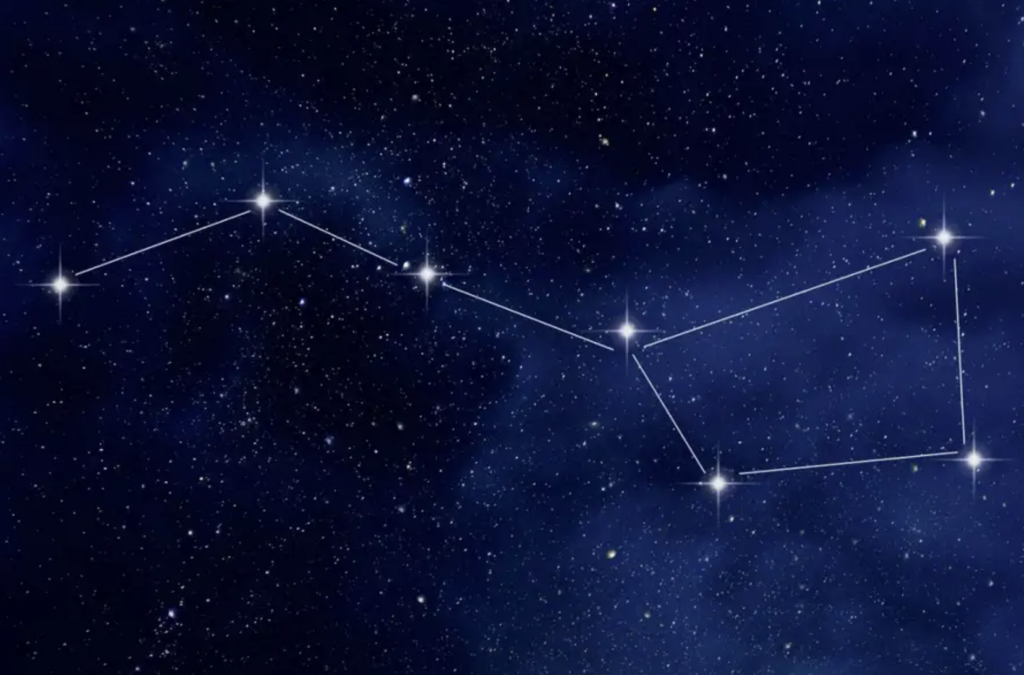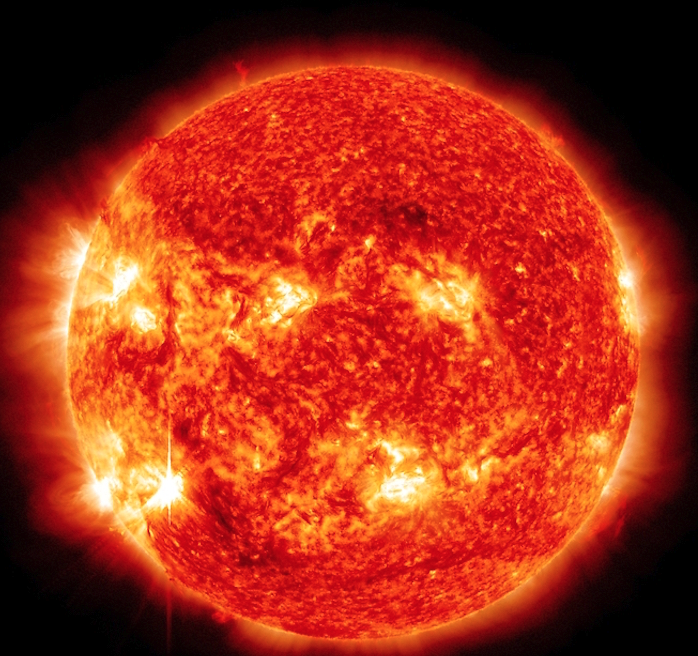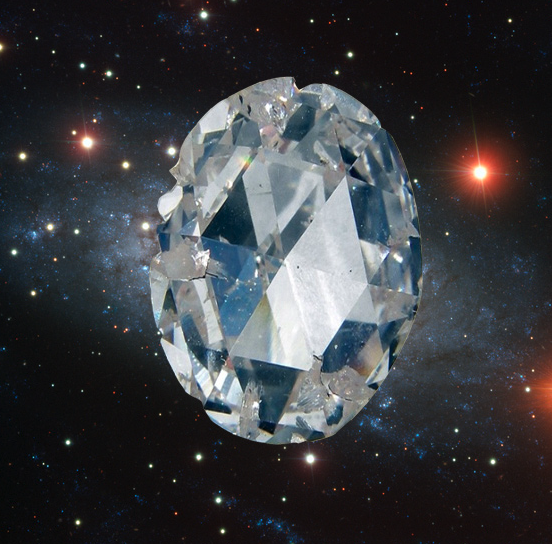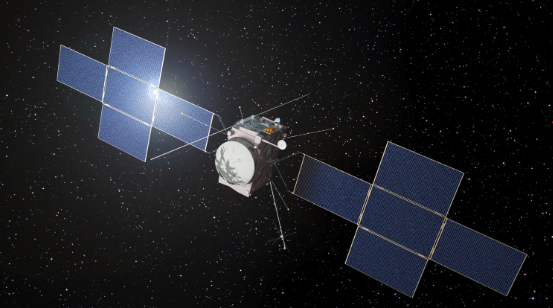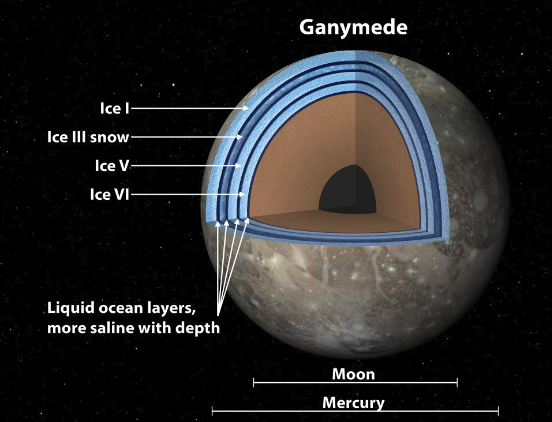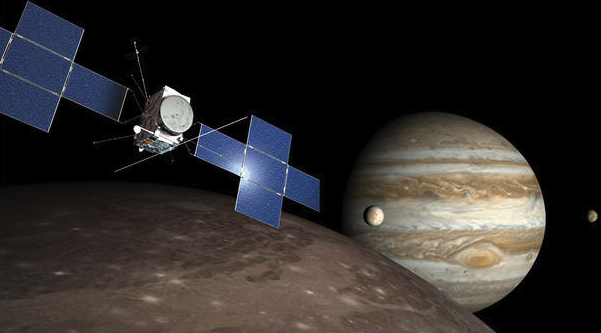How Many Suns Are There in the Universe?
The question of how many suns exist in the universe is an intriguing one that invites us to explore the vastness and diversity of the cosmos. How many suns are there? To understand the answer, we must consider the different types of celestial bodies, stellar populations, and the current scientific knowledge about the universe. While it is impossible to provide an exact number, scientists estimate that there are billions of stars similar to our Sun, and these are just a fraction of the total number of stars in the universe.

Table of Contents
Stars vs Suns
Stars are luminous celestial objects composed primarily of hydrogen and helium gas, undergoing nuclear fusion in their cores. They emit light and heat due to the intense energy released during this fusion process. Our Sun is a typical star, classified as a G-type main-sequence star, and it serves as the center of our Solar System. However, the universe is teeming with countless other stars, varying in size, mass, temperature, and brightness.
In our own galaxy, the Milky Way, scientists estimate that there are around 100 billion to 400 billion stars. This estimate is based on observations, measurements, and statistical analyses of the distribution and characteristics of stars within the galaxy. While this number is staggering, it represents just one galaxy among billions in the universe.
Beyond the Milky Way
There are numerous other galaxies, each containing billions to trillions of stars. These galaxies come in various shapes and sizes, ranging from spirals to ellipticals and irregular formations. The Andromeda Galaxy, our closest neighbor, is similar in size to the Milky Way and is estimated to host around 1 trillion stars. When we consider that there are billions of galaxies in the observable universe, the total number of stars becomes mind-bogglingly large.

Furthermore, it is important to note that not all stars are similar to our Sun. Stars can differ in size, temperature, and luminosity. There are massive stars, many times larger and more massive than the Sun, known as supergiants. On the other end of the spectrum, there are smaller and cooler stars, such as red dwarfs. These different types of stars make up the stellar population of the universe, contributing to its rich diversity.
How Many Stars Are There?
The estimation of billions of stars similar to our Sun is based on statistical analyses, observations, and theoretical models. Astronomers use various techniques to study stars, including spectroscopy, which analyzes the light emitted or absorbed by stars, and stellar evolution models, which provide insights into the life cycles of stars. These methods allow scientists to make informed estimates about the abundance and characteristics of stars in the universe.
It is important to highlight that the number of stars in the universe is not a fixed value and is subject to refinement as our observational capabilities improve. The universe is vast and continually expanding, and new telescopes and technologies are being developed to explore and study it further.

Beyond the Stars
In addition to individual stars, scientists have also discovered other intriguing celestial objects that exhibit star-like characteristics. For example, there are binary star systems, where two stars orbit around a common center of mass. There are also star clusters, which are groups of stars that formed from the same molecular cloud. Globular clusters, in particular, can contain hundreds of thousands or even millions of stars tightly bound together.
How Many Suns Are There? Wrap Up
In conclusion, while it is impossible to provide an exact number, scientists estimate that there are billions of stars similar to our Sun in the universe. These stars exist within galaxies, including our own Milky Way, as well as billions of other galaxies spread across the cosmos. The exploration and study of stars continue to be a fascinating field of research, contributing to our understanding of the universe and its incredible diversity. As our knowledge and technology progress, we can expect to uncover even more about the multitude of suns that exist beyond our own.


